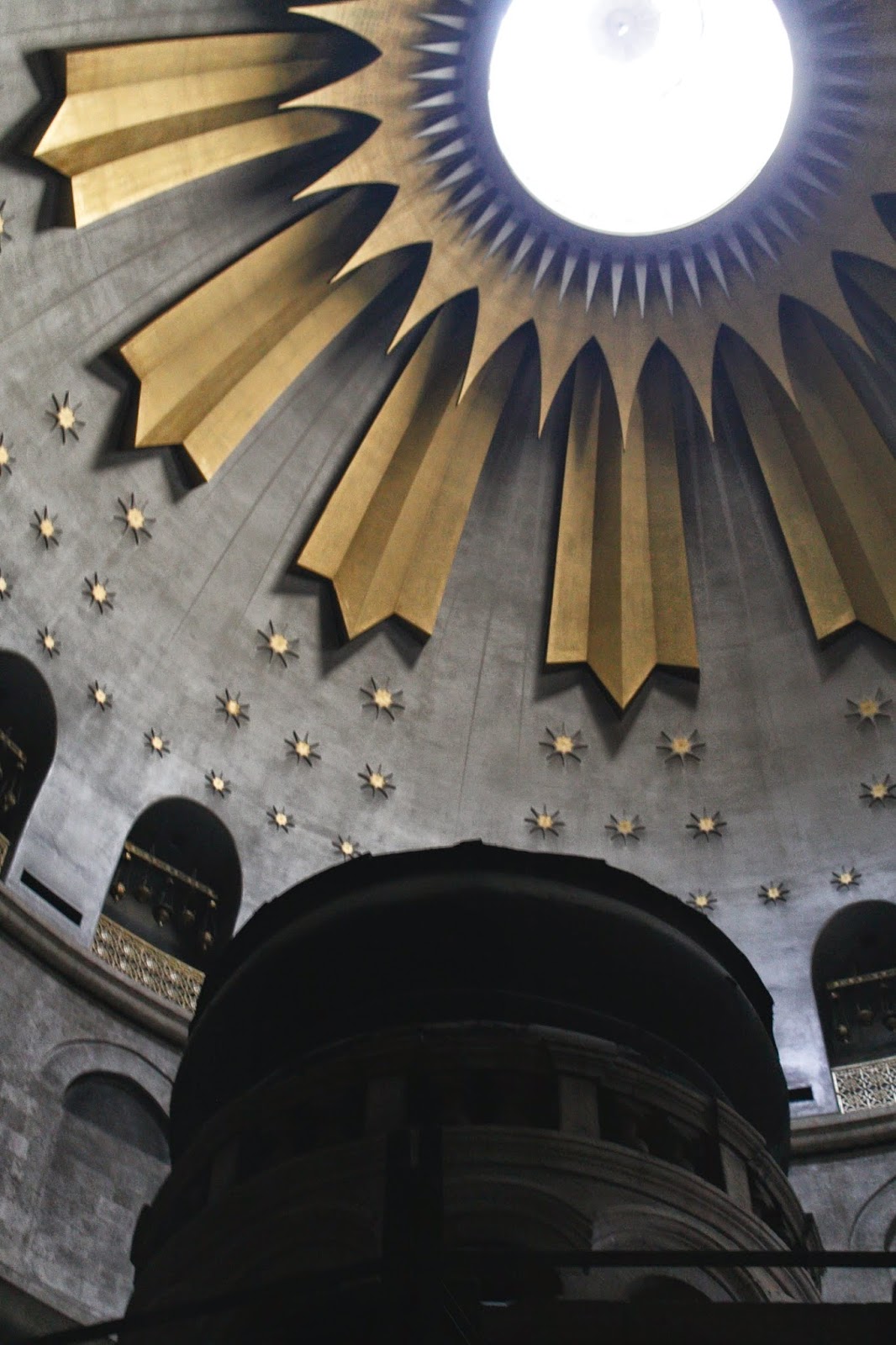It is hard to believe that it was only two weeks ago that I
was getting on a plane at O’Hare and heading here to Israel. It has felt like I have been here for months!
But it hasn’t felt too long, it has been the good amount of long, if that makes
any since. In the past two weeks, I have
learned a lot, more than I expected to be honest. I have learned so much about the geography
and the historical and current significance of this land through our adventures
with Dr. Wright; I have learned so much about the early church, theology and
Christian life through my experience with Drs. Cohick and Kalantzis; I have
learned so much about the people on this program with me as we have spent many
sweaty, dusty, smelly hours with each other in the hot desert sun; I have
learned so much about myself as I explored this country with an open mind and I
have explored God’s word and been open to what He has to say to me. Already
this program has been so influential to me and I am excited to see where the
next four weeks takes me.
This
morning, we walked across the Hinnom Valley into the New City to go to Dr.
Lenk’s synagogue. The synagogue that she
attends is Orthodox, so men and women were divided in the synagogue by a curtain,
and all the men needed head coverings. We arrived to the service after the
songs of praise and prayer were over. When we got there we had to split up because
our group was large. I ended sitting up in the front row. I sat to a Jew, Jon
Marc who was probably in his early thirties. He could tell that I was pretty
lost since the service was all in Hebrew.
He spoke very good English and would talk to me throughout the service,
explaining what was going on in the service and asking me about my stay in
Jerusalem. He said that this level of
informality, talking during the service and people getting up and walking
around the synagogue, was what surprised most of his Christians friends that he
took to synagogue. During the service, there was a time when couples who got
married this past week or will get married in the upcoming week get to
ceremoniously read from the Torah. There was so much joy in this part of the
service it was really wonderful to see; the couple danced around the Torah and
read the selected passage. It was a
really great experience to be here for worship; I felt accepted and it was a
very worthwhile experience. Because I
couldn’t understand the readings that were going on, I spent most of the
service reading the prayer book that I had picked up that was in English. There
were a wide variety of prayers ranging from the Psalms to prayers for the
Israeli government and military, I even saw prayers for the American military.
It was a very interesting contrast.
In the
afternoon Drs. Cohick and Kalantzis lectured to us on the Trinity and history of
the gospels. It raised a lot of questions and definitely challenged me to think
about the way I understand God and the Trinity. I need more time to process and
understand what we talked about today before I can really formulate coherent
ideas, but I have definitely had my curiosity peaked. I am excited to learn
more.
Tonight we had a dessert at Dr.
Wrights’s house. There was a ton of food, including a chocolate fondue. We got to hang out together as a group, and
just relax. We sat around the piano and sang songs and danced. We started with
Journey and Billy Joel and moved into some Old Crow Medicine Show and into some
Beyoncé. We ended on the Honey Rock song, which has always been one of my
favorites. It is sung in a round and proclaims to glory of God. It always sends
shivers down my spine and it is a really beautiful song. After this gather I
went up to the roof and sat on the edge of roof and overlooked the New City,
and sat ant thought. It was a good way to end and restful and fun day.
